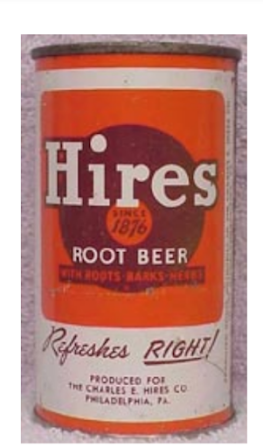The origins of the Old Overholt brand can be traced back to the charming farming village named West Overton, located approximately forty miles southeast of Pittsburgh. Established in the year 1810, Old Overholt holds the unique distinction of being the oldest continuously existing whiskey brand in the United States.
Henry Oberholzer, a farmer with German Mennonite heritage, moved to West Overton, Pennsylvania, in 1800. He settled on the banks of Jacobs Creek in Western Pennsylvania, where he and his sons diligently worked to clear 150 acres of untouched wilderness on their 263-acre farm situated next to Jacob's Creek—a waterway that flowed into the Youghiogheny River, a tributary of the formidable Monongahela River. Their primary goal was to cultivate and develop the land.
Emerging from a renowned German region specializing in the production of "korn," or rye whiskey, Henry introduced this tradition to the local area. In 1803, the Overholts constructed a log still-house and commenced the production of small batches of whiskey using the grain they cultivated.
In 1810, Abraham Overholt, Henry's son, assumed control of the distillery and skillfully transformed it into a viable enterprise. By the 1820s, the distillery's productivity escalated to producing 12 to 15 gallons of rye whiskey per day.
A pivotal figure of the Gilded Age, Abraham's grandson Henry Clay Frick, an influential industrialist, took over the distillery in 1881. In 1888, he christened his flagship rye with the name "Old Overholt." Collaborating with Andrew Mellon and Charles W. Mauck, he formed a partnership, with each holding a one-third share in the business.
In 1959, production expanded to an adjacent site known as Broad Ford, which rapidly evolved into one of the world's most substantial distilleries.
Starting from December 2015, the brands Old Overholt and Old Grand-Dad, both falling under the ownership of Beam Suntory, have been jointly marketed under the name "The Olds." In late 2017, they introduced a 100-proof version aged for four years, labeled as "bottled in bond."
Old Overholt Whiskey Origins
The History of Mechanization in Tomato Paste Production
-
The mechanization of tomato paste production traces back to the early 20th
century, as industrial food processing evolved to meet rising urban demand
and r...








